The Pico 4 is a technically impressive headset, with specifications that exceed the Quest 2 in most ways. But with Quest 3 on the horizon, is Pico 4 still worth buying, or should you wait for something better? This Pico 4 review is going to cover my thoughts on the Pico 4, including how I’ve found it over the last year, to help you decide whether it is a good headset to buy.
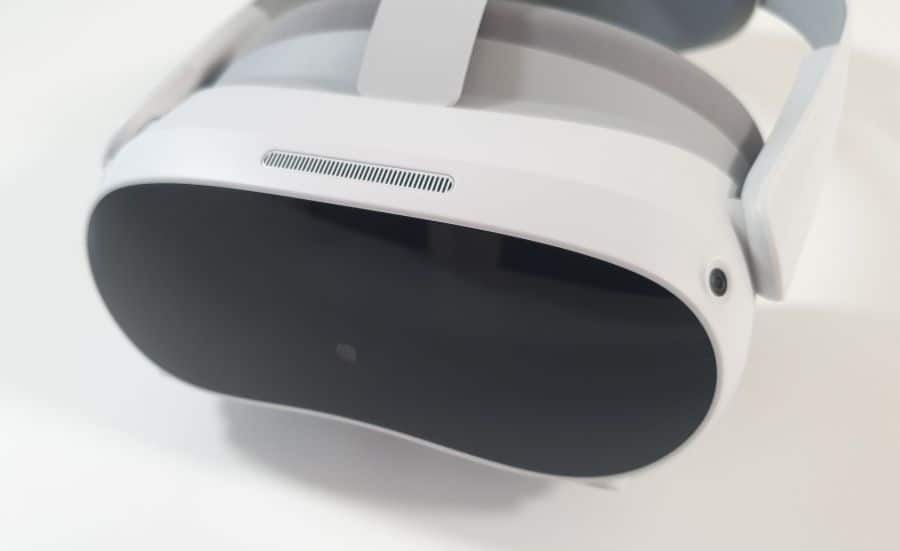
Overview Of The Pico 4
Pico 4 was released in October 2022. I bought it on day one and I’ve been using it an awful lot over the last year. When I first got it, I was really impressed with the visual clarity due to the excellent, high-resolution display panels, pancake lenses, and reasonably good FOV.
It’s a light headset and has a rear-mounted battery, resulting in even weight distribution on your head. It’s got motorized IPD adjustment, but it does require you to manually set your own IPD. The default facial interface isn’t particularly comfortable, and there is quite a lot of light leakage around the edges, but overall, the Pico 4 is an impressive bit of kit.
Whilst the specifications of the Pico 4 are very impressive and considerably better than the Meta Quest 2, there were some drawbacks that became increasingly apparent as I started using it over the next few weeks and months.
The main issue is that Pico is less experienced with building VR headsets than some of their competitors, and they have tried to go toe-to-toe with Meta, and their Quest headsets. However, at the time the Pico 4 was released, they just hadn’t got the experience or had enough time to iron out all the issues and raise the quality of their offering to compete directly with Quest 2.
There were multiple minor issues with their software, user interface, amount of content, controller tracking, and performance of PCVR wired and wireless streaming that left me feeling a little disappointed overall. It just felt like everything needed a little bit of polish.
Thankfully, time has passed, and Pico has slowly and steadily improved almost all of the deficiencies that were present at launch, with major improvements to the controller tracking, UI, PCVR streaming, and a huge increase in the amount of content on offer.
As of September 2023, I really feel that Pico 4 is finally ready to go toe to toe with anyone, but is it too late for the Pico 4 to compete?
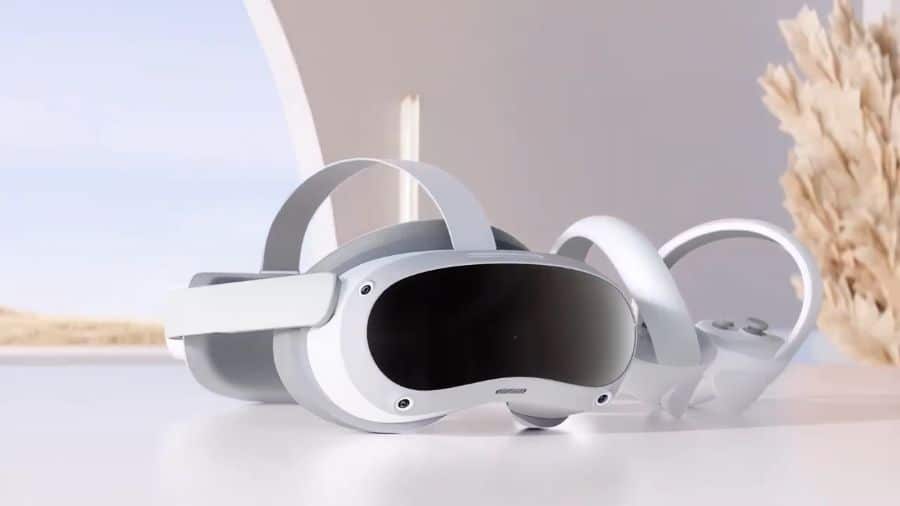
Who Should Buy Pico 4?
If you’re looking for a VR headset to use largely for standalone VR, Pico 4 is a good choice, but it’s still probably a worse choice than getting a Quest 3, which is due to release next month. The Meta ecosystem still has more content, and Quest 3 is going to have both VR and MR content available at launch, which will significantly improve the versatility of the type of experiences you can have.
The Quest 3 is going to have pancake lenses, but will likely have very slightly worse screen resolution than Pico 4, although it will have considerably more processing power, thanks to the new Qualcomm Snapdragon XR2 Gen 2 processor. It is going to be more expensive than Pico 4, with Quest 3 rumored to start at $499/£499, and the Pico 4 currently being available at £349/Euro409. The Pico 4 is even cheaper when you factor in buying a more robust head strap for the Quest 3 to improve comfort.
If you’re on a tight budget, you definitely won’t be disappointed at all with Pico 4, and I do think Pico is committed to the VR space, so it is highly likely that their content library and ecosystem will continue to expand. It’s just a little riskier, in case they don’t become a viable long-term participant in the consumer VR industry, or their competitors pull ahead in the future and you want to jump ship to a different platform in the future.
If, on the other hand, you are looking for a versatile headset that has good standalone functionality, but also want a capable PCVR headset, then the Pico 4 remains a terrific choice, and is probably one of the best options you can go for right now.
The main advantage of Pico 4 is the versatility it brings. You can enjoy all of the goodness of PCVR experiences, with a headset that goes toe to toe with most other PCVR headsets, but you also get the option of wireless PCVR streaming and very solid standalone VR headset performance.
On the other hand, if you’re a hardcore PCVR simmer, you may prefer a dedicated PCVR headset that can offer better visual clarity, compression-free data transfer, and a wider FOV, without having to worry about the battery life of your headset.
Those looking for a capable PCVR headset that can also function well as a standalone headset might find the Pico 4 a better choice than Quest 3, as much of the improvements that are due to come with Quest 3 are related to the mixed reality functionality, and if this isn’t something you’re particularly interested in, then you may be better avoiding it.
Let’s move on to look at some individual aspects of the Pico 4 and see how they have fared over the last year.
Pico 4 Review Video
In addition to this article, I’ve also made a video sharing my thoughts on Pico 4 now I’ve been using it for a whole year. I discuss how it compares with other popular VR headsets and talk through who I think Pico 4 would be a good option for, and who should give it a miss.
Comparison Table: Pico 4 vs Meta Quest 2
| Feature/Specification | Pico 4 | Meta Quest 2 |
|---|---|---|
| Release Date | October 18, 2022 | October 13, 2020 |
| Optics | Pancake lenses | Fresnel lenses |
| IPD Range | 58-72 mm (hardware adjustable) | 58-68 mm (3 fixed settings) |
| Passthrough | 16MP RGB camera | Grayscale via tracking cameras |
| Display Type | 2 x LCD binocular | Single Fast switch LCD binocular |
| Resolution | 2160×2160 per-eye | 1832×1920 per-eye |
| Refresh Rate | 90 Hz | 120 Hz |
| Visible FoV | 104° horizontal, 103° vertical | 97° horizontal, 93° vertical |
| Pixels Per (Horizontal) Degree (PPD) | 20.6 PPD | 18.9 PPD |
| Weight | 503 g with head strap | 503 g with headstrap |
| Headstrap | Hard padded retractable strap | Flexible fabric strap |
| Tracking Type | 6 DoF Inside-out | 6 DoF Inside-out via 4 integrated cameras |
| Controllers | 2 x Pico 4 Controller 6 DoF | 2 x Oculus Touch (third generation) 6 DoF |
| Chipset | Qualcomm Snapdragon XR2 | Qualcomm Snapdragon XR2 |
| Memory | 8 GB | 6 GB |
| Storage | 128 GB, 256 GB also available | 128 GB, 256 GB also available |
| Battery Capacity | 5300 mAh | 3640 mAh |
| Battery Life | 3 hours | 3 hours |
Pico 4 Visuals
There’s absolutely no doubt that the visual clarity of the Pico 4 is hugely impressive. With screen resolution that matches the ever-impressive HP Reverb G2 at 2160 by 2160 per eye, pancake lenses that are dramatically better than any of the fresnel lenses used in competing headsets, and 2.6-inch RGB stripe TFT display panels that are impressively clear and bright, I’ve been consistently impressed by the visuals of the Pico 4.
There isn’t a hint of screen-door effect, the sweet spot is huge, and there is minimal distortion of any kind. The gulf in visual quality between Pico 4 and Quest 2 is huge, and it even compares very favorably with some of the best PC VR headsets.
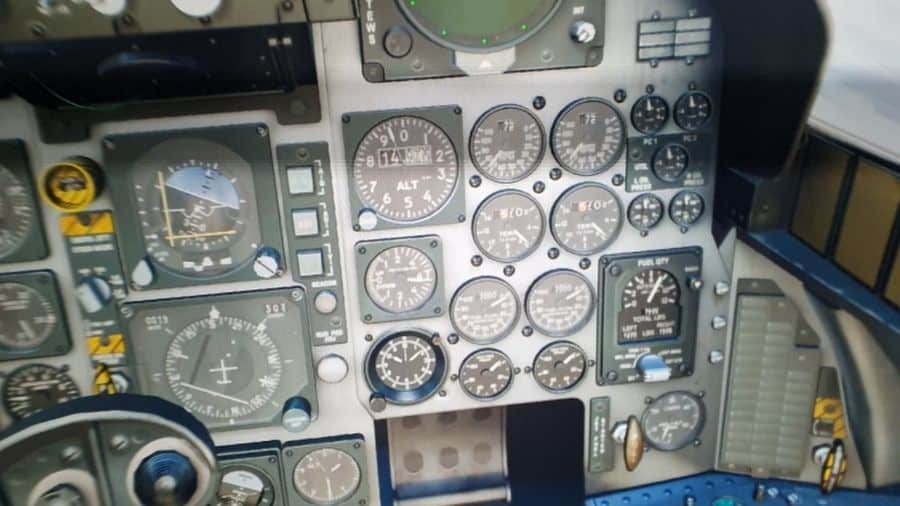
IPD Adjustment On Pico 4
Pico 4 has motorized IPD adjustment which works really well, although I question the real value of having this feature without having eye tracking to automatically set your IPD to the correct value. As a result, you are left to adjust your own IPD through a software menu. The process works great, and the IPD can be adjusted from 58-72mm, although when you go below 62mm, the proximity of the lenses can start to pinch against your nose.
There is a Pico 4 Pro model that has eye tracking, and automatic IPD adjustment, but the motorized manual IPD adjustment of the Pico 4 feels like a nice, but unnecessary perk.
Comfort
Comfort is an area where you will find the entire spectrum of opinions regarding the Pico 4. The headset feels light on your head and well-balanced due to the rear-mounted battery. However, the head strap isn’t particularly comfortable, and the facial interface is pretty bad if I am honest. It is far too wide for my face, making it reasonably uncomfortable, and causing a huge amount of light leak at each side of the headset.
Comparing the comfort and fit of the Pico 4 facial interface with the likes of the HP Reverb G2 is laughable, as there is such a gulf in comfort. Thankfully, I was able to purchase a relatively inexpensive 3rd party facial interface that does a reasonable job of improving the comfort and reducing, but not completely eliminating light leak.
Pico 4 Controllers
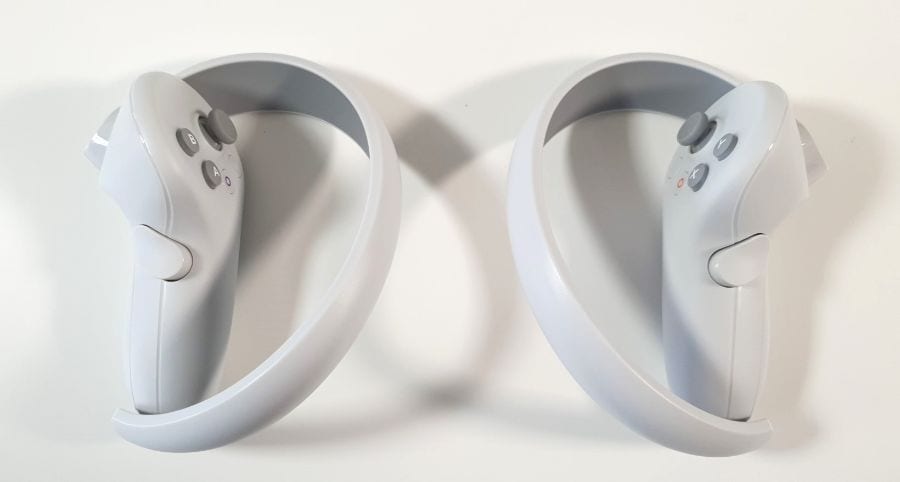
The Pico 4 controllers feel great to use and the build quality is excellent. They probably aren’t quite as ergonomically pleasant to hold as the Quest 2 controllers, but overall Pico has done an excellent job, and I’ve had no complaints.
The tracking performance was pretty good when I first got the headset, but the more I played, the more apparent the minor tracking inaccuracies were. I have seen significant improvement in tracking performance over the last year, particularly after the last few software updates. There really isn’t much to choose now in terms of tracking performance between Pico 4 and Quest 2. I no longer feel that the tracking performance has any negative impact on my enjoyment of using the Pico 4.
Using Pico 4 For PCVR
Pico 4 has the ability to function as a PCVR headset by connecting it via USB cable to a VR-ready PC, but can also connect wirelessly to your computer via Wi-Fi. Both methods function well, and I have seen consistent improvement in performance over the past year.
I almost exclusively use a wireless connection as I have a Wi-Fi 6 router located in the same room as I use my VR headsets, providing a direct line of sight, resulting in a very low latency connection. Even for fast-paced games, I can barely detect any latency, and it certainly doesn’t impact my performance or enjoyment.
I absolutely love the ability to put my headset on and connect to my gaming computer in a matter of seconds. Ditching the cable has been one of the most positive moves I’ve made in my VR setup, and even though the wireless connection results in compression of the video signal, I won’t go back to a wired connection for room-scale VR activities in the future.
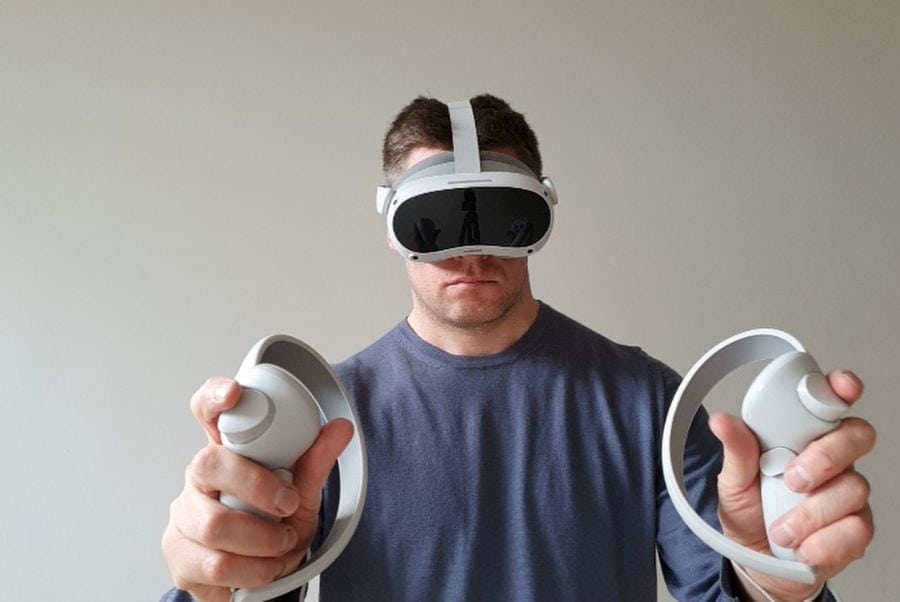
Battery Life
One of the drawbacks of using a standalone headset is the limited battery life on offer. Although the Pico 4 has a larger battery than the Quest 2, I get about the same amount of battery life from them both, at about 2.5-3 hours, depending on what I am doing. I don’t really feel this is enough, so I would highly recommend getting an external battery pack to boost the length of time you can play.
I’ve tried quite a number of external batteries for Pico 4, and there are pros and cons of the different types. The good news is that as I now have a few battery packs, and the external battery pack drains before the internal battery pack, I can switch the battery pack as needed and keep playing for an almost unlimited amount of time.
Pico 4 should really think about developing an official external battery pack that integrates well with the headset because as it stands, the battery life is a little short for my liking.
Conclusion: Is Pico 4 Worth It?
The bottom line is that, if you are looking for a really competent standalone VR headset, with top-notch visual clarity, then you will not be disappointed with Pico 4. I do think it’s currently more suited for people who want to play both PCVR and standalone content, rather than people who want to do standalone content only.
I think that anyone buying a Pico 4 today is likely to have a headset that they can use for at least a few years without it being significantly superseded by superior headsets for the same price.
